Do we still see the desert full of cacti?
Objavljeno: 22.10.2023
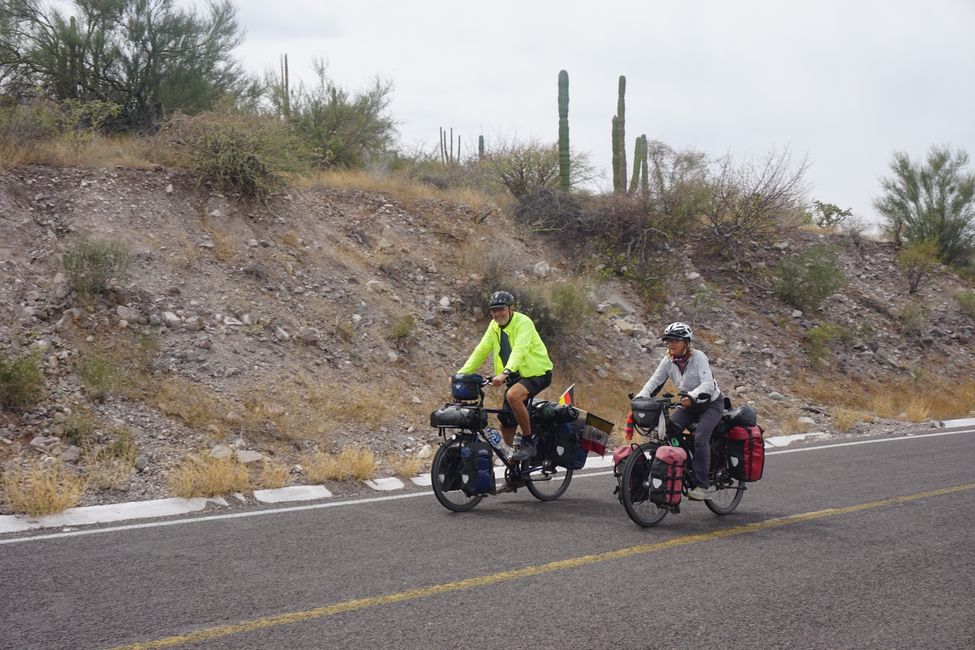
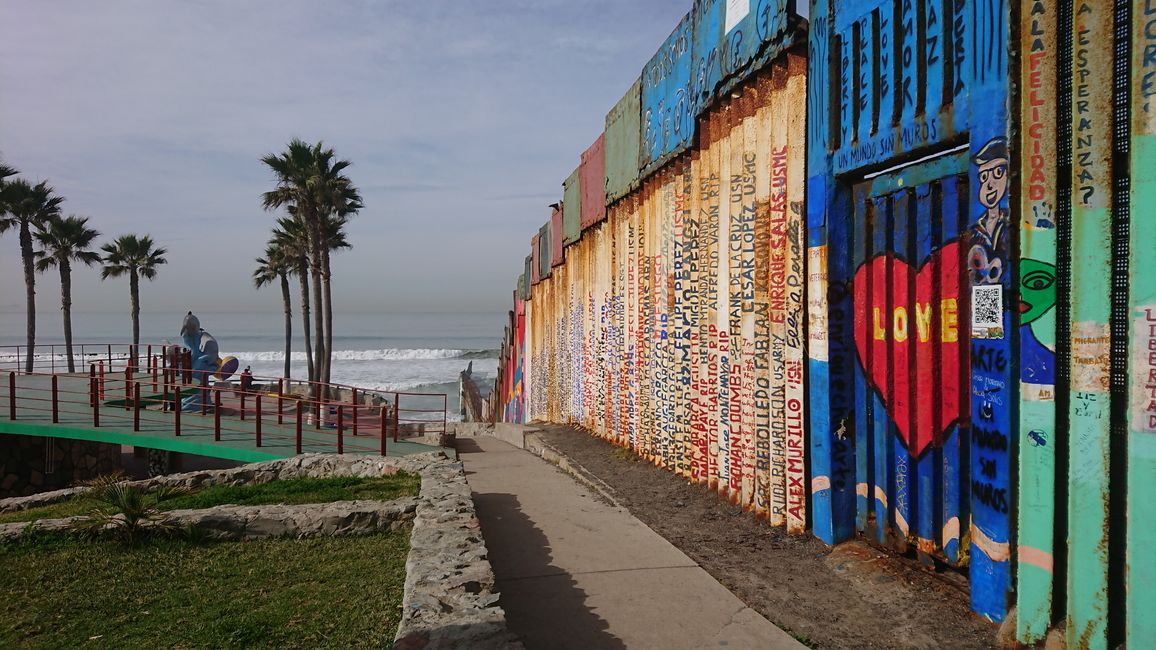
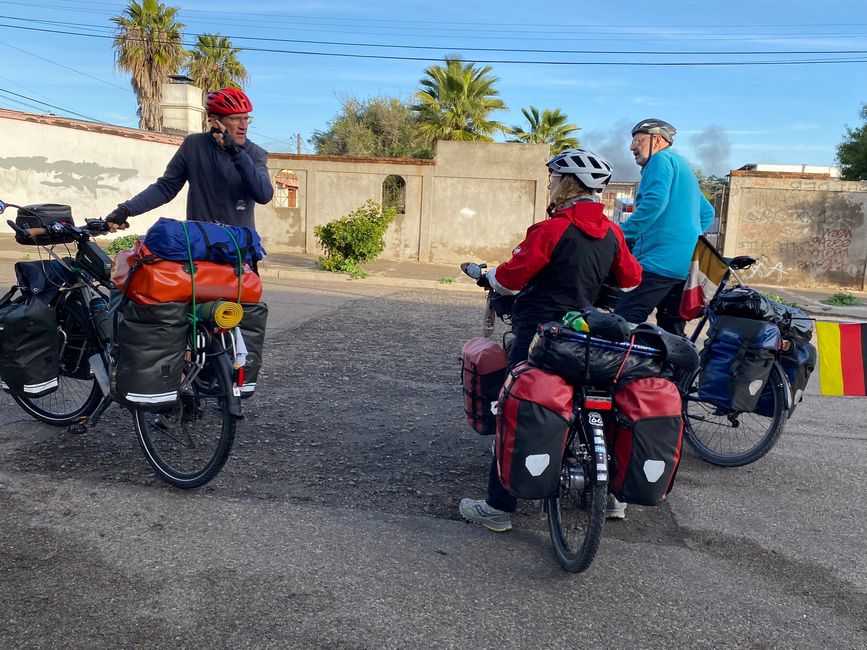
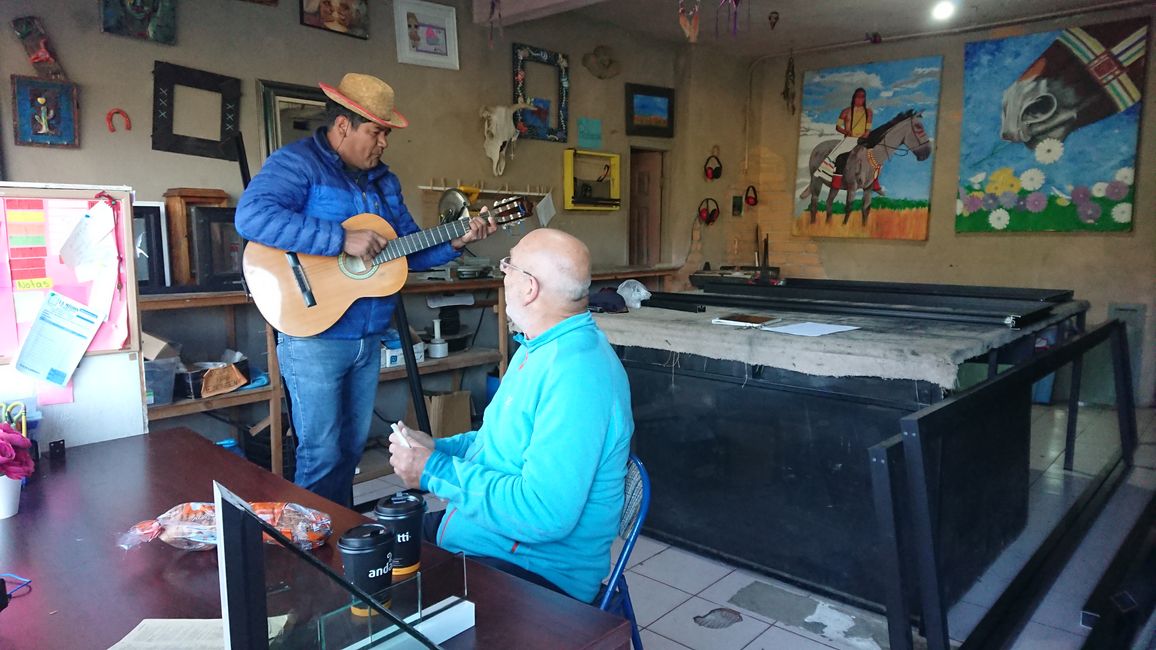
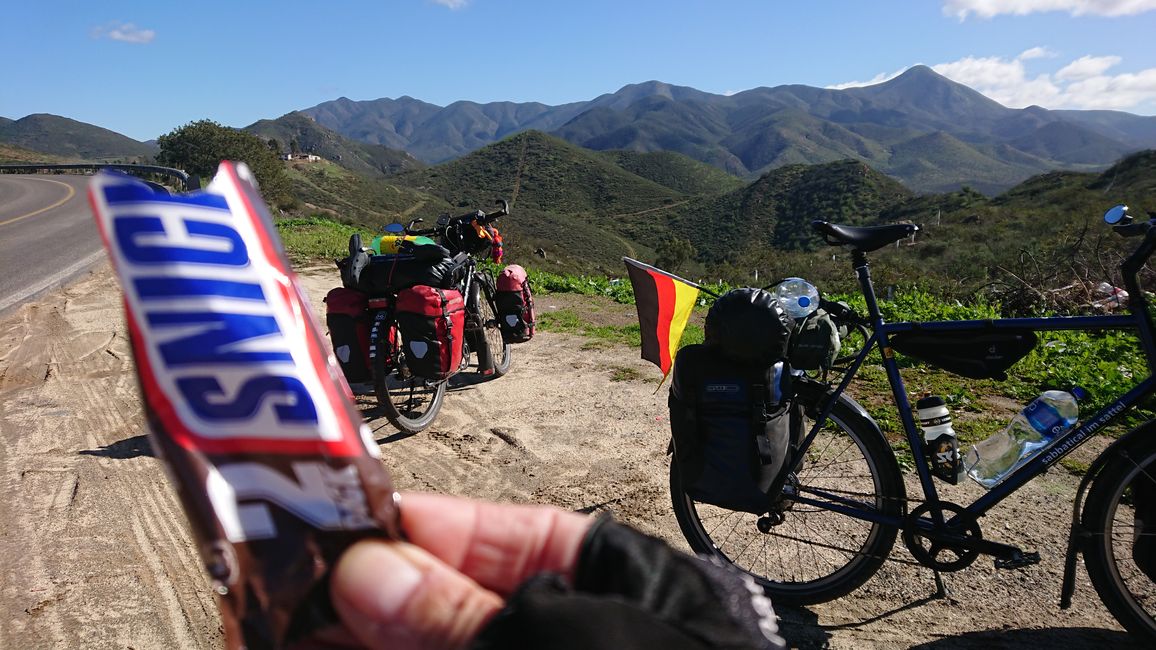
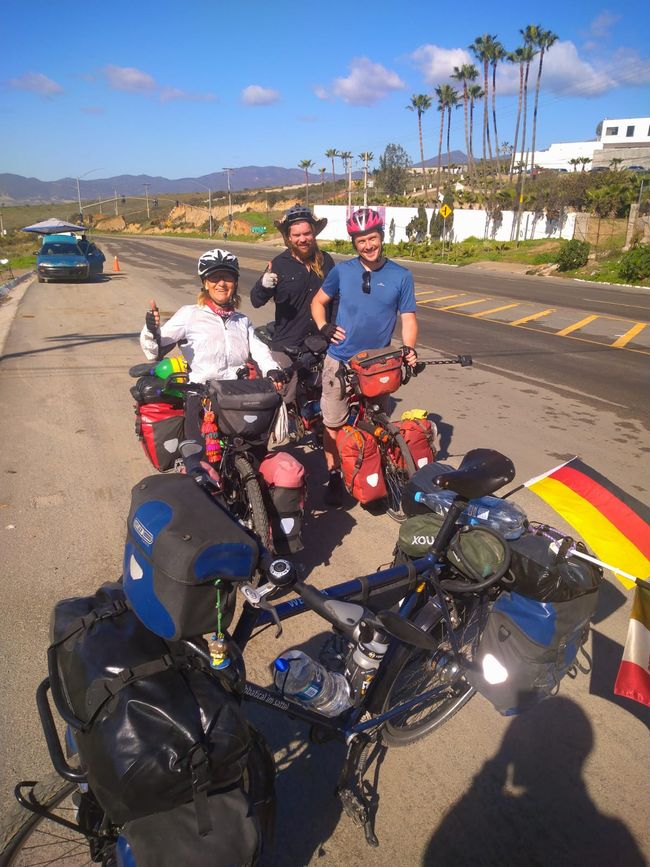
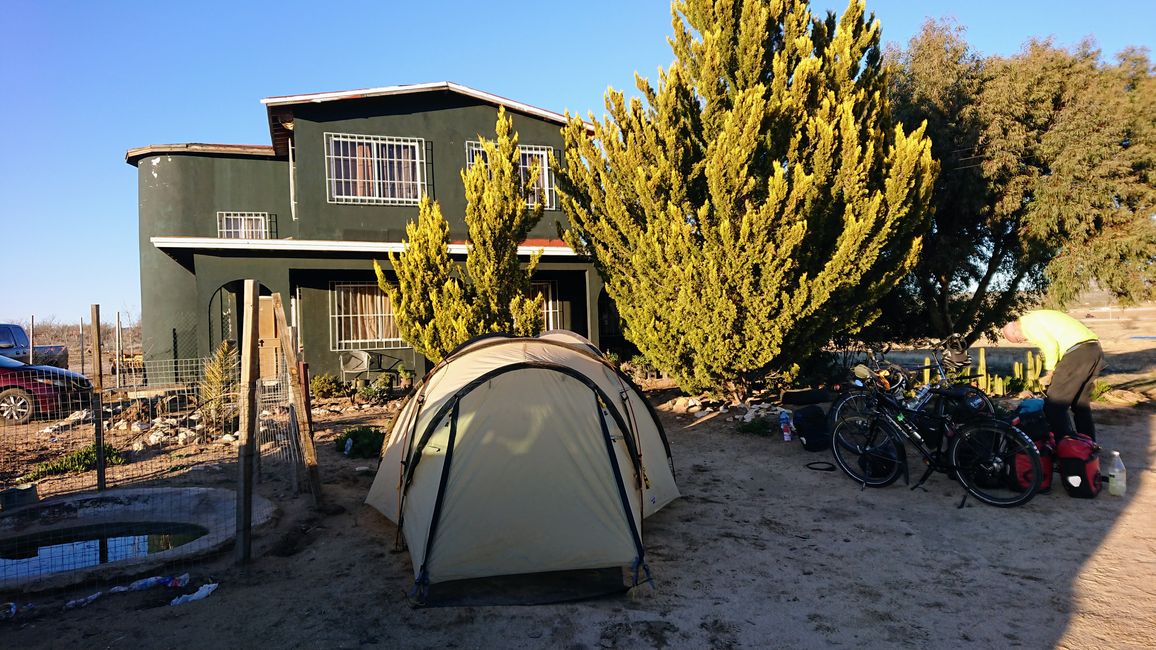
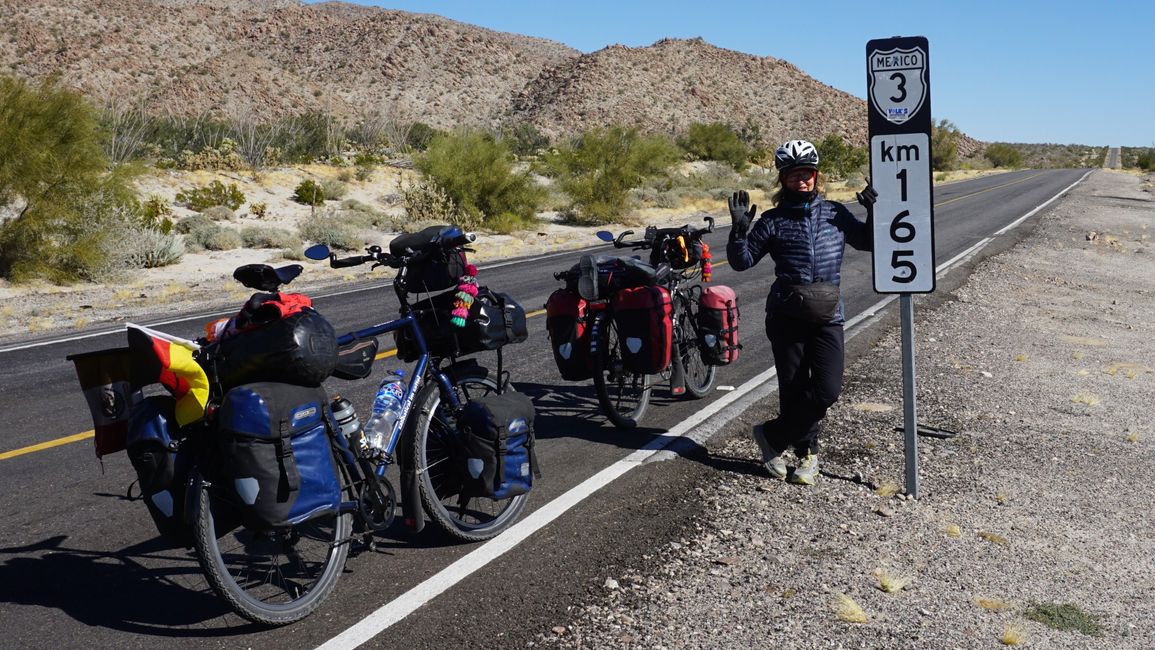
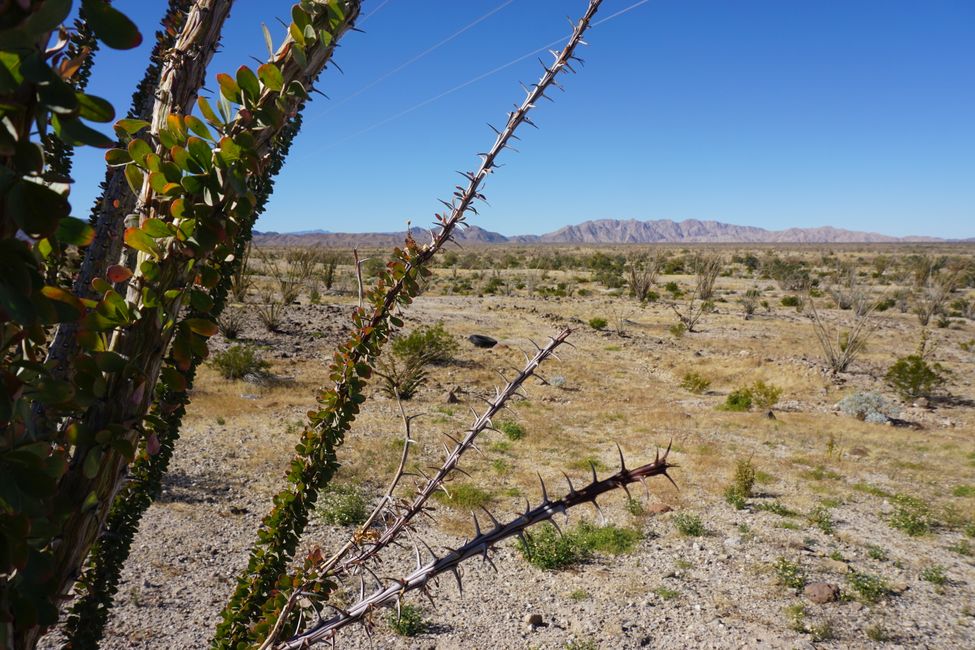
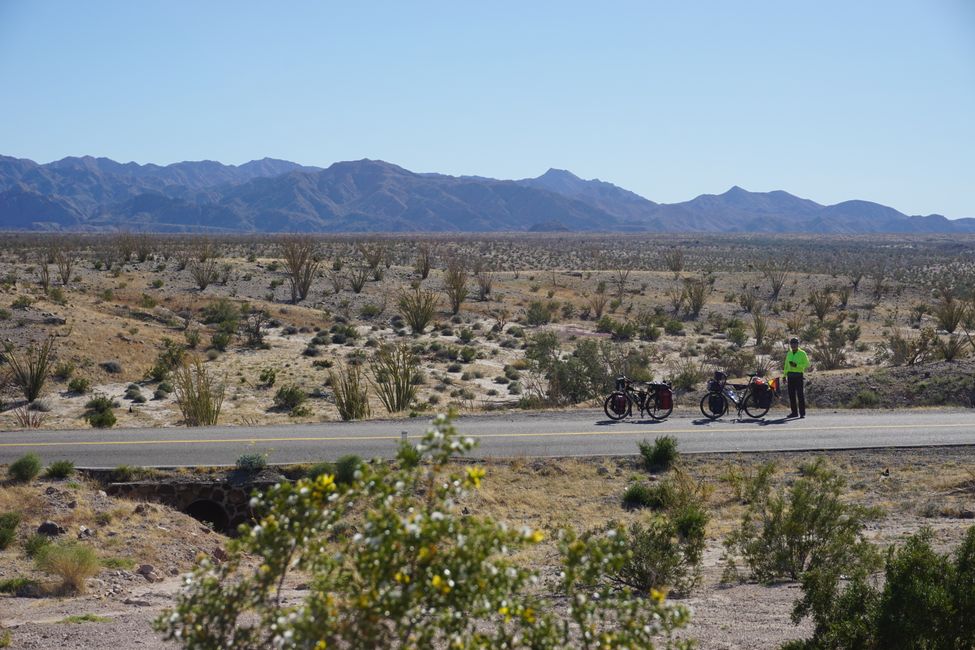
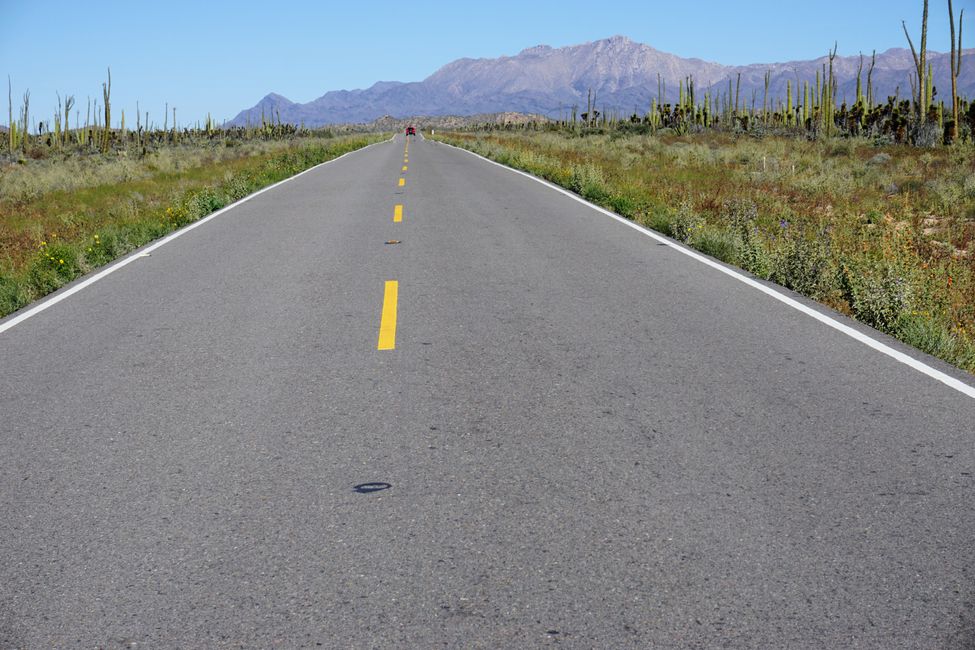
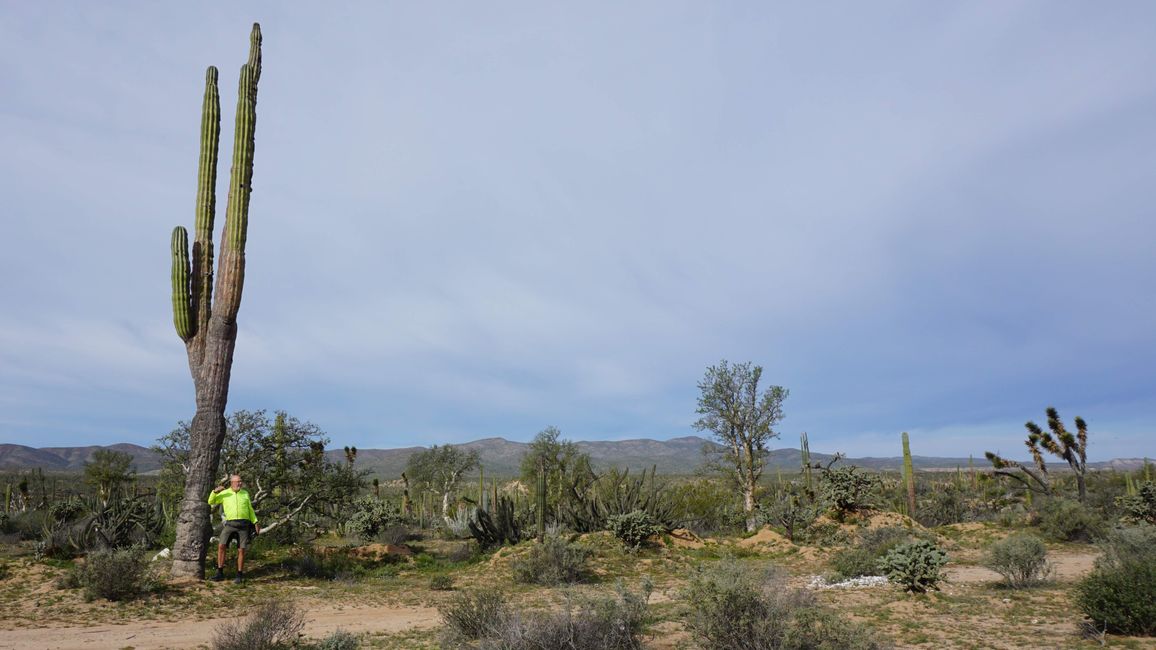
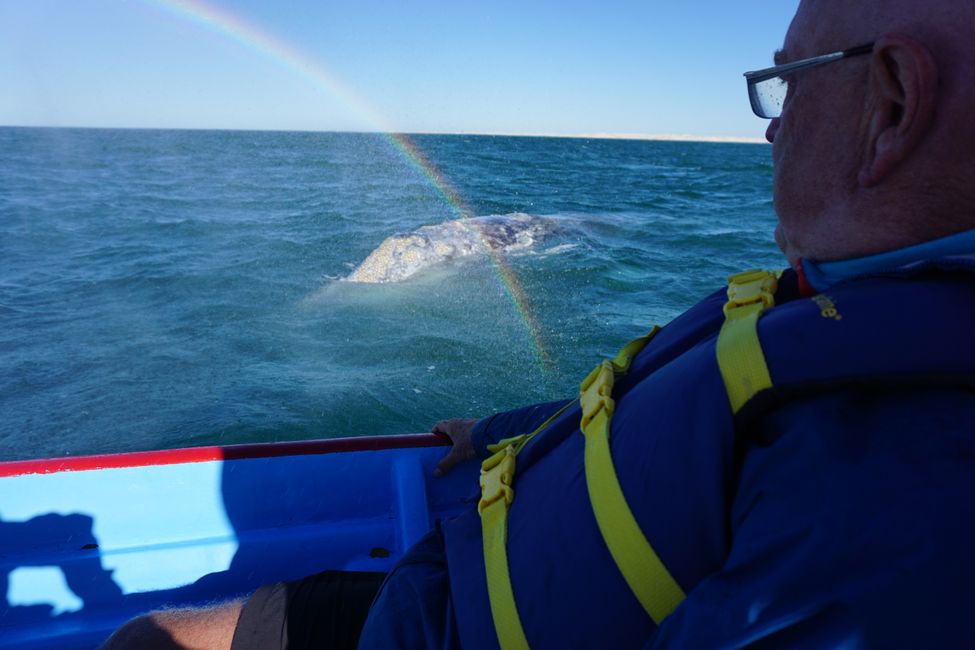
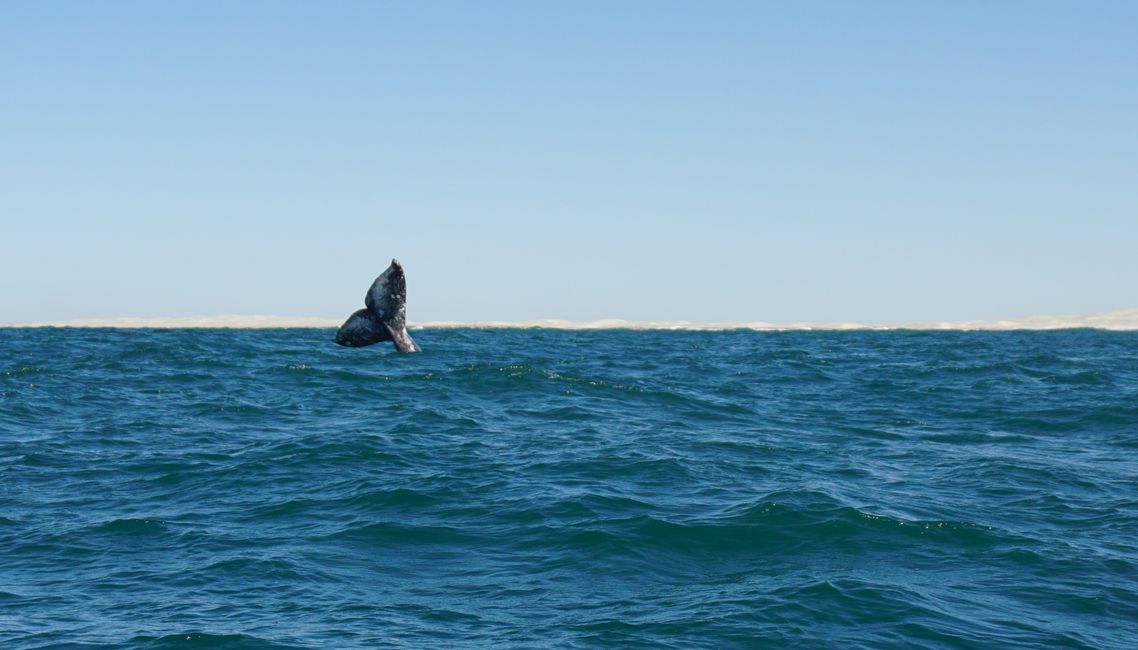
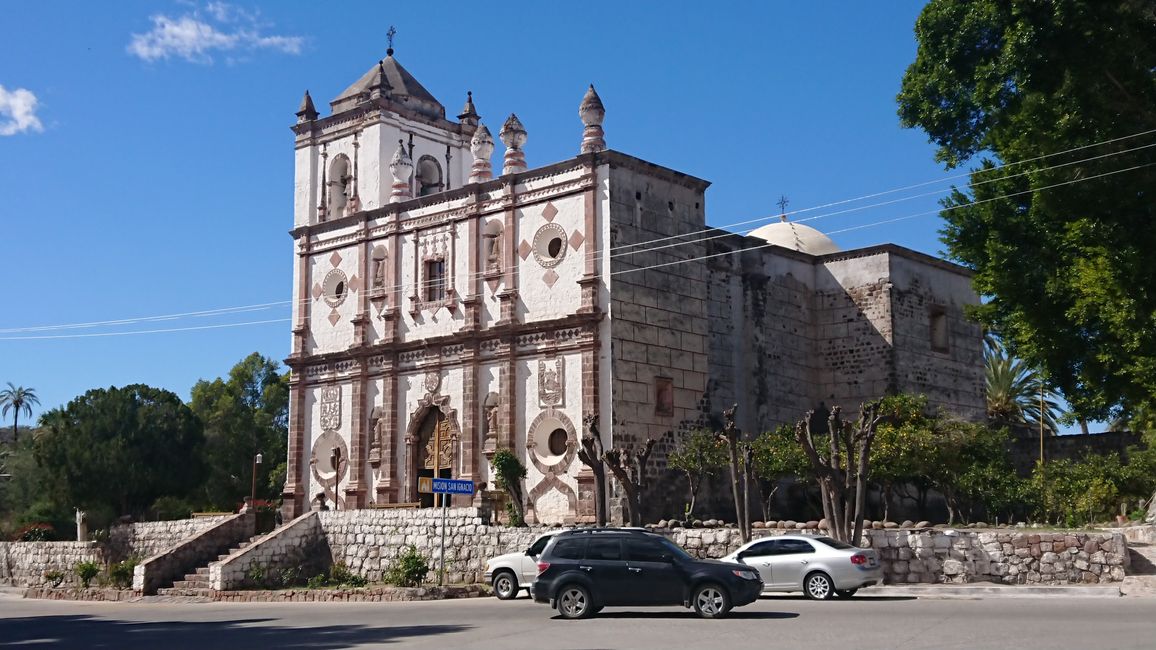
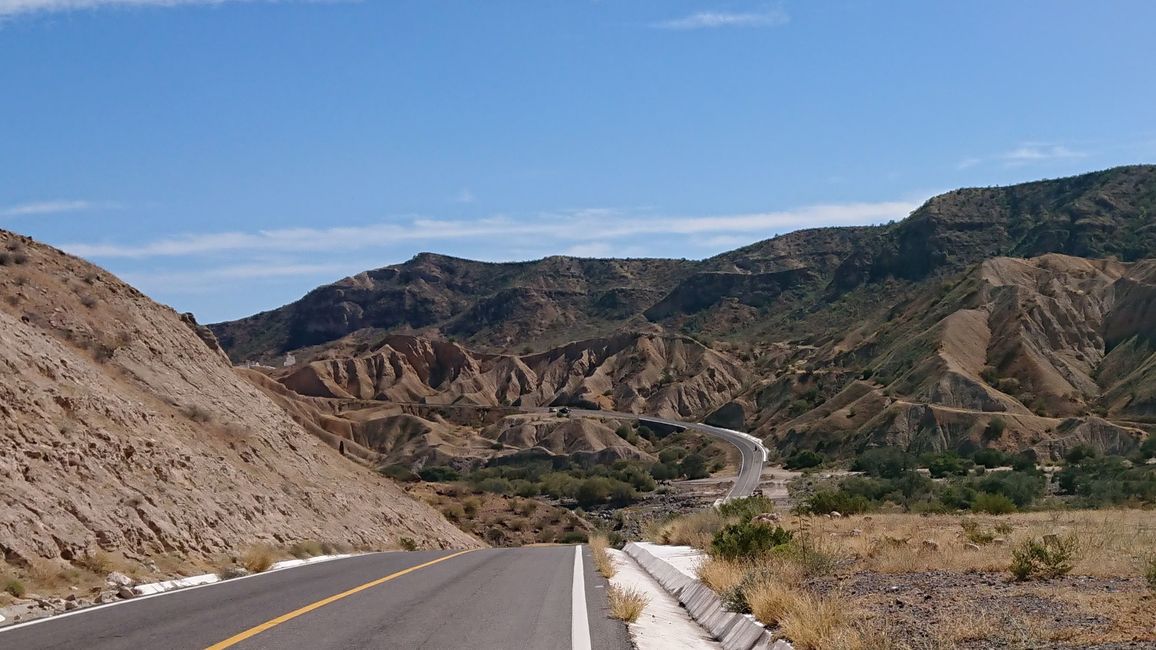
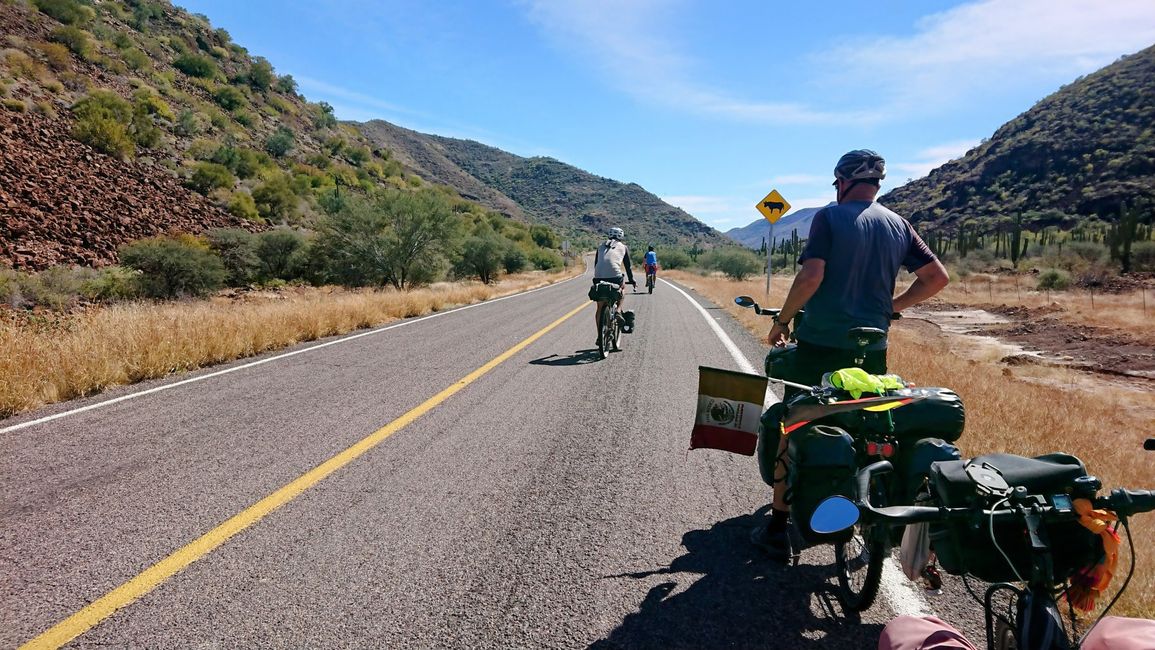
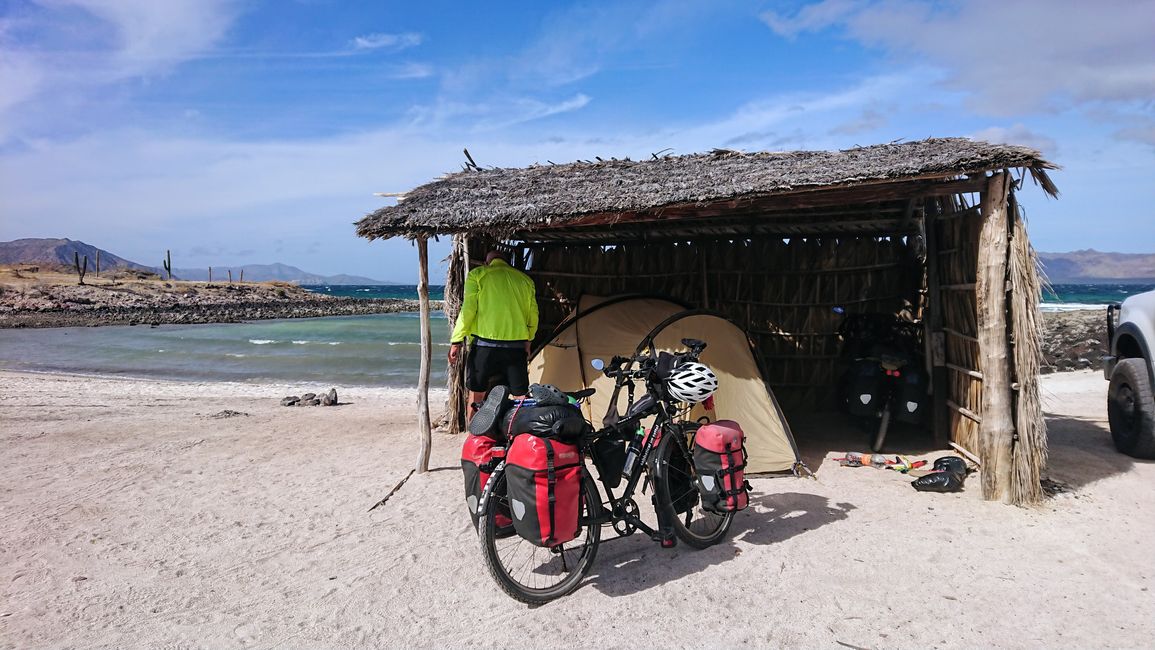
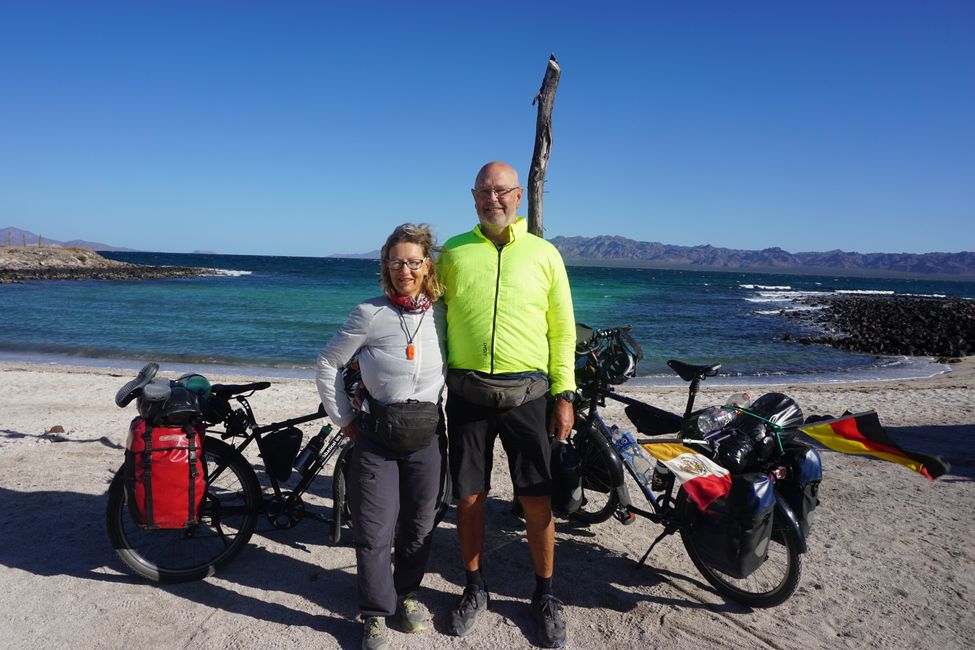
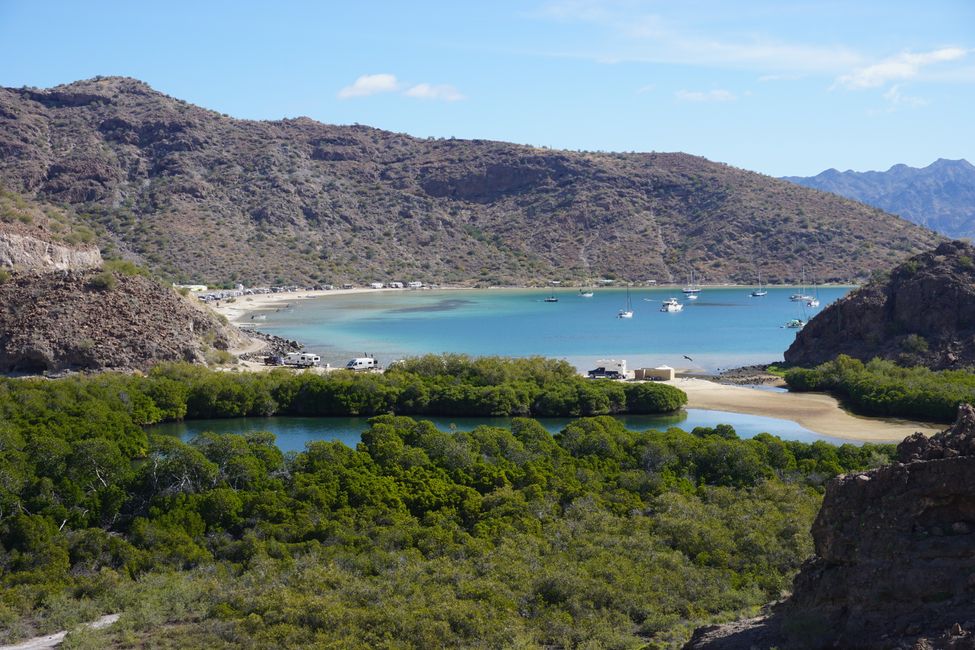
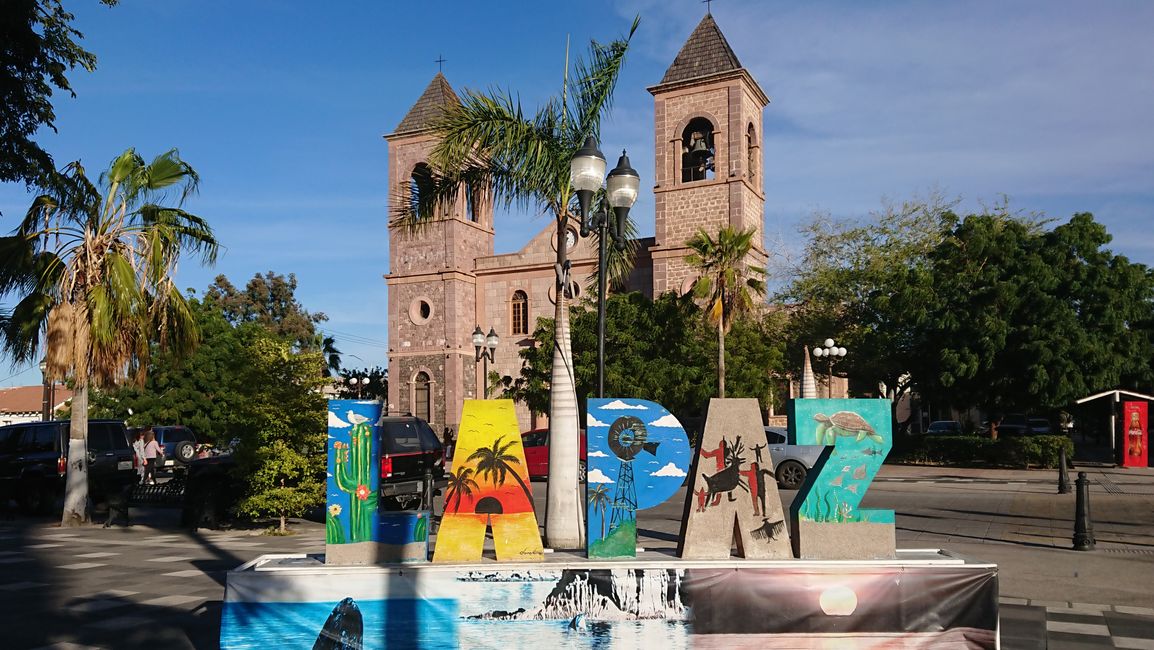
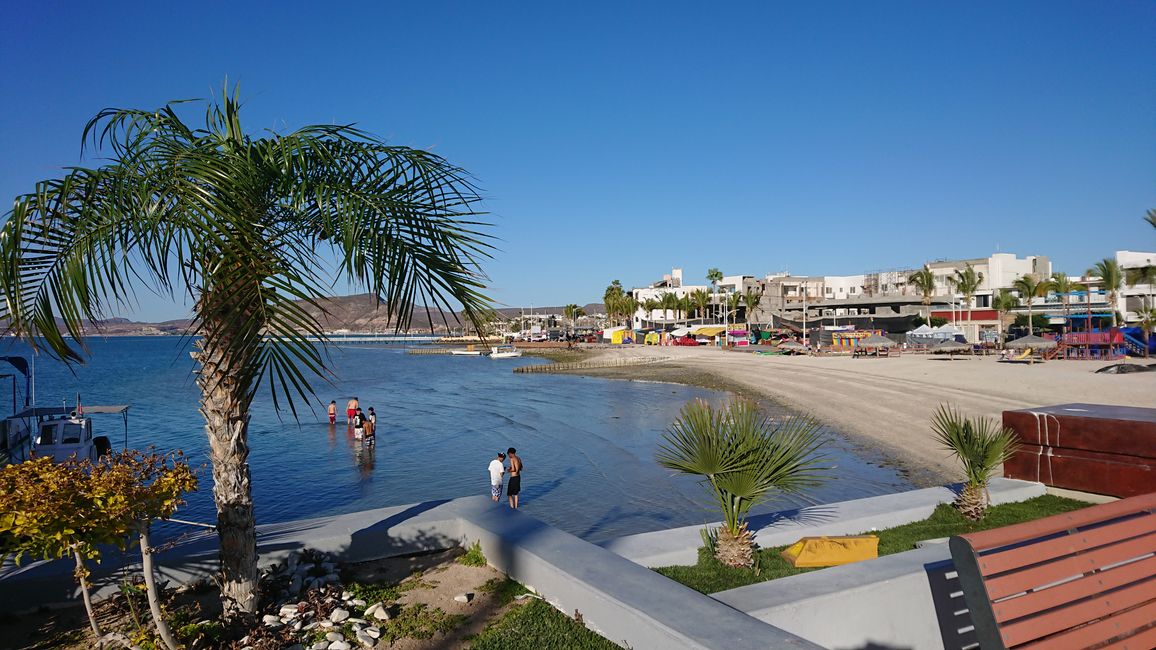
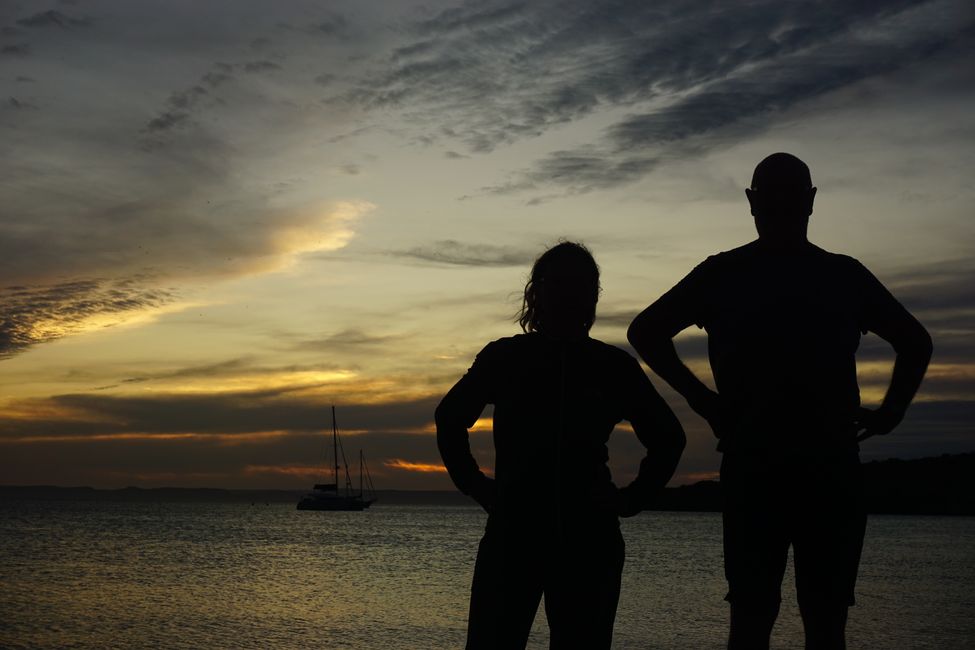
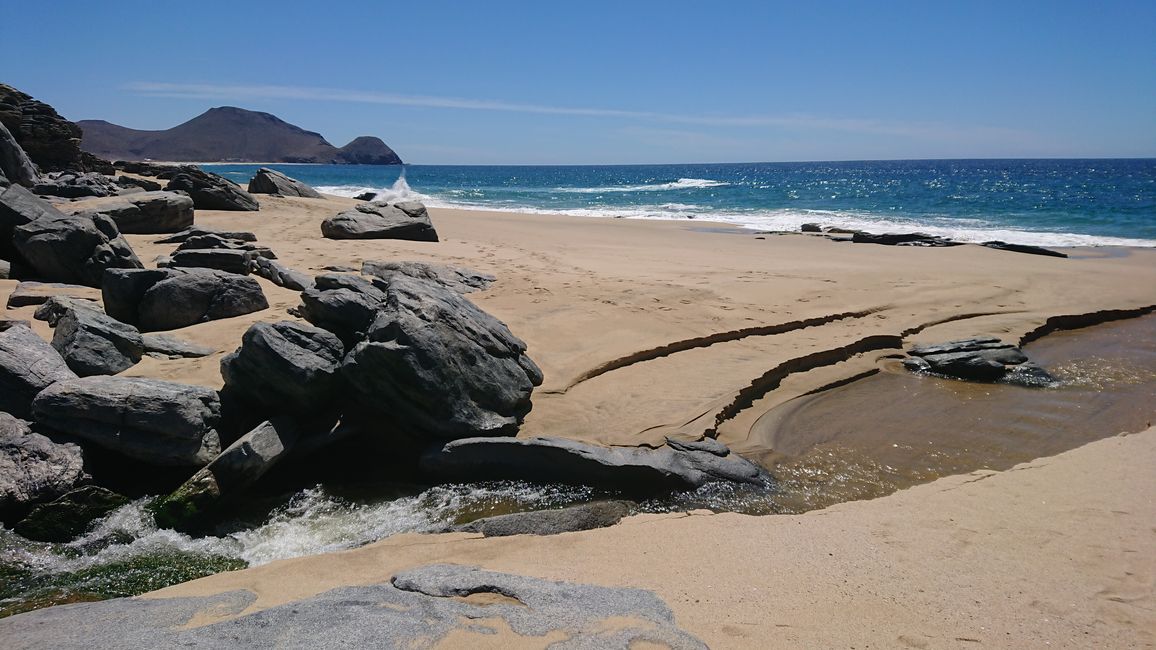
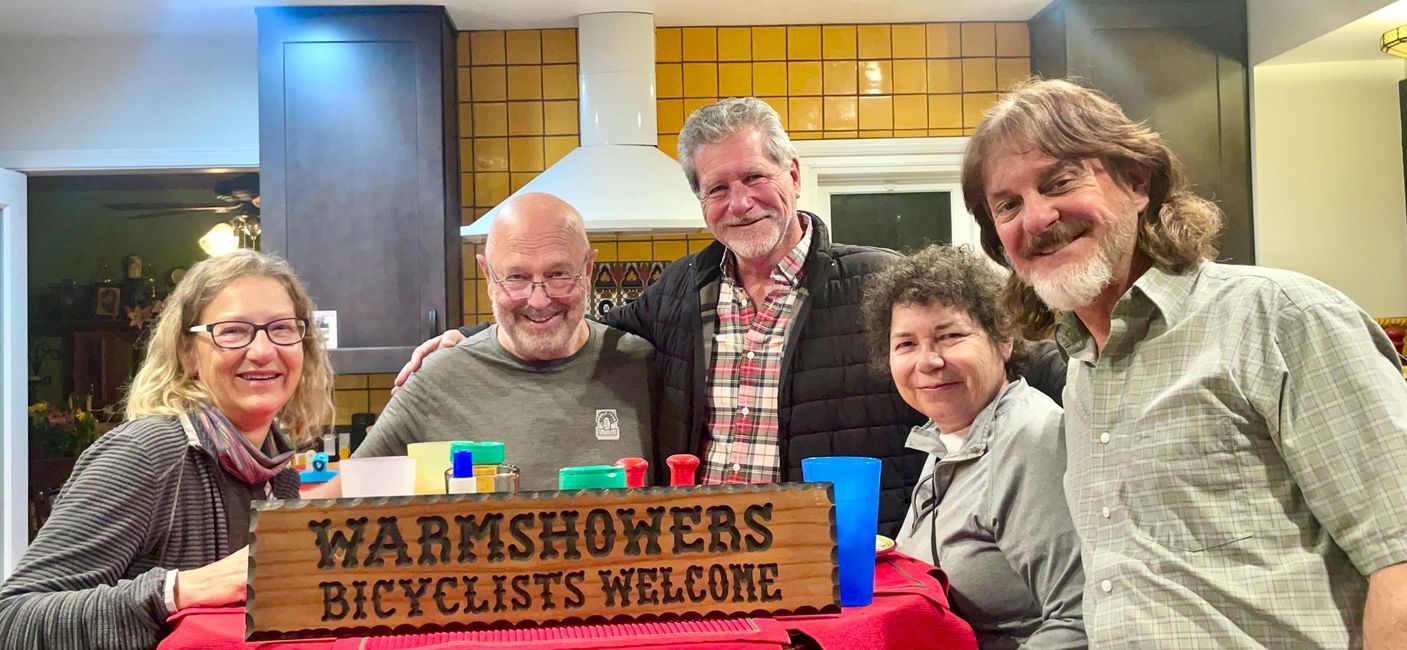
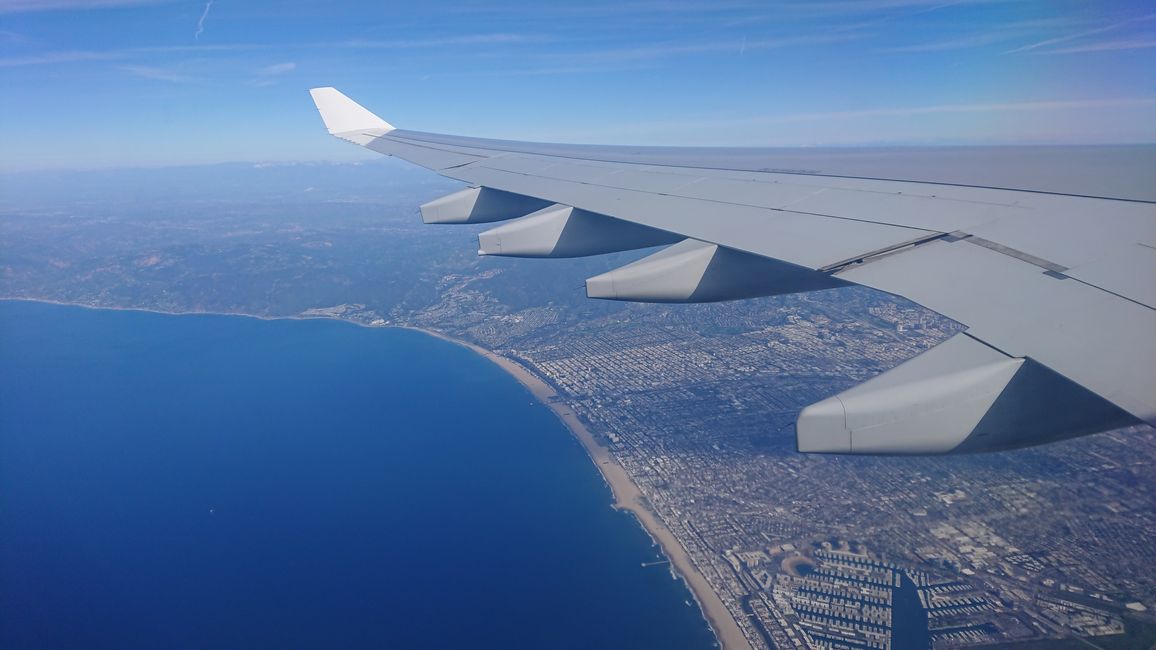
Pretplatite se na bilten
Jesus, why am I so cold in my thick sleeping bag? Firstly, there is hardly any air left in my sleeping mat. Secondly, Werner is just discovering ice on the small pond next to our tent. Welcome to the desert, at 1100 meters above sea level. Where are the two cyclists hanging out now, you ask yourself, dear readers? We'll clear that up right away.
From Cancún we flew with all our luggage to Tijuana, Baja California. Despite all the warnings. Tijuana often tops the list of the most dangerous cities in the world. But there is Warmshowers, the network of touring cyclists. And the cyclist, where cyclists from all over the world meet here, didn't stop us from coming. However, she warns the Frenchman Laurent not to take the ferry from La Paz to the mainland. It's really dangerous there at the moment.
From Cancún we flew with all our luggage to Tijuana, Baja California. Despite all the warnings. Tijuana often tops the list of the most dangerous cities in the world. But there is Warmshowers, the network of touring cyclists. And the cyclist, where cyclists from all over the world meet here, didn't stop us from coming. However, she warns the Frenchman Laurent not to take the ferry from La Paz to the mainland. It's really dangerous there at the moment.
We explore Tijuana on foot with Laurent. We are standing at the border with the USA and looking towards San Diego. Nobody harms a hair of ours. Live at your own risk. Travel too. The Baja California Peninsula is located in northwestern Mexico. Around 1,250 km long and sometimes only 40 km wide, it separates the Gulf of California from the Pacific. If you fly five hours south from Germany, you are in Africa. We flew five hours and are still in Mexico. From the jungle to the desert. From 30 degrees to 15. From the flatlands to the mountains, where it is frosty at night and the plants are prickly.
Together with Laurent we head south. As soon as you leave Tijuana, the road climbs several kilometers. Our French cycling buddy says goodbye very quickly, he is an alpine mountain goat. Man, it's steep here. I have to get used to real mountains again. The short, crisp climbs in Chiapas and Yucatán were peanuts in comparison. After a few kilometers on the Pacific we go to the mountain village of La Misión. The campsite is closed. Nice people send us to the police, where we get help easily. At dusk we set up our tent behind the health center.
In the morning we want to get coffee in a small shop. "Where did you sleep? I saw you yesterday. You could have spent the night in my workshop." The nice man has a glazier's workshop next to the shop. He invites us in, it's pretty cold. We get coffee and burritos. He puts on his sombrero and grabs the guitar. The first sounds, we immediately have goosebumps. Why is this man a glazier and not a singer?
Now the scrambling really begins. 15 km climb. A few km are red in the elevation profile, meaning it's really steep. Sometimes we don't even manage 2 km. Stop. Reduce pulse rate. Drink. Climb 2km. The same game. After the steep sections, we are thrilled to be able to cycle 4 km in a row. The views are breathtaking. The descent down to the sea too. All the hard-won altitude meters are now gone. The next day we start again at sea level. A mere 15km climb yesterday? We increase to 40 km. Once again we are rewarded with magnificent views. And you don't have to stop so often anymore. Two young Australians on a tandem also climb almost 1000 meters in altitude. “See you,” says Werner as the two in front of us pedal in sync. They smile. Or are they laughing at us? When we catch up with them almost at the highest point, they give us the thumbs up in amazement. Grandma and Grandpa from Germany are probably faster than expected. "Awesome, I did it!" I scream as we descend at rapid speed onto a green high plateau.
Who would have thought that after breaking my ankle 9 months ago, I managed to climb almost 1000 meters in 40 km. Friendly soldiers show us where the only hotel in Ojos Negros is. We discover a vineyard on the high plateau. Past scree fields we head back into the mountains. Our Mexican SIM card no longer shows any signs of life.
In the afternoon we reach a village with an unpronounceable name. In the small supermarket we ask the nice saleswoman about a campsite. “Mi casa” she says immediately and tells us the WiFi password. The nice one drives slowly ahead in the car, 5 km to her farmhouse in the desert. We set up our tent next to the small duck pond. "My house is now your house too." With these words she unlocks the house and rushes back. Again we are on a high plateau. Cacti or sticker grass everywhere. The soles of our shoes are riddled with thorns. The sun sets glowing red. Wrapped in thick jackets, we watch the first stars appear. When the whole sky sparkles, we have gloves on. You know, dear readers. The freezing night on the mountain. Despite all our caution, a few thorns find their way into our tent. No wonder my sleeping mat has a hole.
Wearing winter gear, we cruise through scree fields and wide plains full of small cacti. We mend the mat in a desert hotel with heating. After rapid descents, we are back at sea level on the Gulf of California. Huge rocky islands rise out of the inky blue water. The mountains are only sparsely covered. Because it had rained, the desert valleys are blooming purple and yellow. In Puertecitos, young people stand in front of the small supermarket and stare at their smartphones. By the way, we do too. An hour of shaky desert WiFi costs €1. We can camp right on the beach.
The next morning we start with moderate winds that develop into a storm. Gusts shoot from the mountain slopes. We have to push the wheels. We search in vain for a place sheltered from the wind for our tent. Finally I stand and am knocked over along with my bike. Just like that. My bike falls softly on its bags and I slide across the asphalt. My knee is bleeding and my pants have an air hole. Good thing again. I keep pushing and soon have to put the bike on the asphalt. Werner stands in place and doesn't move back and forth. I'm sitting next to my bike. Little by little I realize: We are mercilessly at the mercy of the natural force of the storm. We can't help ourselves alone. I'm hoping for a miracle. What else am I supposed to do? Cars drive close to me. I'm waiting for my windbreaker to fly around my ears. A VW bus stops on the other side of the street. A man takes me across the street and gets my bike. Our bikes and luggage are loaded without further ado, even though there are already four racing bikes in the car. I share the passenger seat with Werner. Our rescuers, the friendly racing cyclists, take us 25 km back to Puertecitos to the campsite. They also had to cancel their tour and are sincerely pleased that they were able to free us from this predicament. A storm is raging in the Pacific and has spread over the mountains to the Gulf. That's exactly where we got ourselves into.
The next day we only have to deal with a headwind. Exhausting enough. It's almost 80 km up and down. We treat ourselves to a day break in San Luis Gonzaga, a desert village with an airport, hotel, restaurants and supermarket. Only internet is not available. There is a baby seat next to the checkout in the supermarket. The little one is admired by all the customers, and the proud father collects money. If the little one says she's hungry, her father takes her to the restaurant next door. The mother cooks there, supported by her 10-year-old son. Shouldn't the boy go to school? In Mexico, compulsory education is not consistently enforced. We were unable to find out how lessons are organized in the desert. In any case, the shaky desert internet is not suitable for online teaching.
We are allowed to set up our tent in Chapala, two houses and a restaurant on Highway 1. The restaurant is lovingly furnished. There is singing in the kitchen. Apparently the exuberant atmosphere is transferred to the cooking skills. It tastes excellent. The highway is narrow with no shoulders. It winds its way up and down the mountains. We often slow down trucks or motorhomes. No drivers are honking or jostling, we feel safe. We have to stop again and again in the Valle de los Cirios, a valley full of cacti. Adam trees, saguaros, creosote bushes, Cirio trees (candle trees) - all plants that are sometimes only found here. Walks through this cactus forest are magical. Cirio trees also really look like oversized candles that often lean to one side. Later the cactus forest becomes a pure saguaro forest.
In Guerrero Negro we reach the Pacific again. We take a small boat to a lagoon where gray whales frolic. A whale almost docks with our boat. We can now say a whale gave us a shower.
San Ignacio is not just an oasis in the middle of the desert. San Ignacio was founded as a mission by Jesuits. The church, built in 1786, is a gem in the barren landscape. We look at the church and are allowed to visit some of the outbuildings. We climb to the roof on ancient, worn steps. Mountains and palm trees, what a view. Past the Las Tres Vírgenes volcano we head towards golf. Here the steepest descent we have ever taken on wide tires awaits us. With the brakes on, we roll very carefully down serpentine serpentine into a canyon. Then push the bikes up the next steep mountain. But now we see water and will soon be on the Gulf.
Before Santa Rosalía we pass a disgusting-smelling garbage dump and a copper mine. Stinky water flows into the Gulf. Small, brightly painted wooden houses are crowded together in the old mining town. Relics from the mines are preserved in the museum.
We stay on the Gulf for the next 200 km. The coast is mountainous. This means many meters in altitude and the finest views. In Mulegé, a young man speaks to me at the supermarket. Cyclists from Great Britain, Netherlands, Australia and USA are in the hotel. Lets go. In the courtyard, bikes are cleaned, chains are oiled, laundry is washed and salad is chopped. The cyclists met on the Baja Devide off-road route and are now traveling together. Almost all of them could be our children. Their bikes have tubeless tires, their luggage is minimalist, their mats can't be rendered unusable by a spike. They are in a great mood and admire grandma and grandpa from Germany. The next day we meet them again and arrange to camp together on the beach on a headland. Unfortunately it is too windy. We find a palapa (small hut, open to the windward side) and put our tent inside. The others find a valley protected from the wind. There is a motorhome from the USA next to us. There's a knock on the tent. "Do you like fish?" Our neighbors had successful fishing. After fried fish they bring lobster. In the morning they invite you to their motorhome for coffee.
The ride continues through the desert on Highway 1. The track spirals upwards. At the highest point we let the line of cars that were patiently creeping behind us pass us. We can hardly believe our eyes. Below us lies a "pirate bay". “Treasure Island” immediately comes to mind. If it weren't for the sailing ships bobbing along in the green or deep blue water. And the dinghy on the way to the beach, where there are a few mobile homes. We drive a few km further to the next “pirate bay”. And another one. How can we best describe beauty? With Baja California, on the Gulf of the same name.
Shortly before Loreta, the friendly anglers from the USA overtake us. "Do you need water or food?" "A picture please". They take photos of us with our camera. Our light tripod would be knocked down by the gusty wind. Damaged knee is enough. The camera doesn't have to be broken.
In Loreta we meet the Baja Devide cyclists again. A bed in a hostel dormitory here costs just $50, they report in horror. Mexico really isn't cheap, but now it's becoming almost unaffordable. We find a hotel with an RV park. We can't pitch our tent, but we get a very cheap 2-bed room. We like Loreto, we stay for two days. Hiking on the beach, strolling through the streets, getting our laundry done. From here we take the bus to La Paz. Just as the cyclist from Tijuana recommended. Desert, steep mountains, no opportunity to buy water or food for long stretches.
La Paz, the capital of Baja California Sur, is the destination of our cycle tour on the desert peninsula. We set up our tent in the Peace Center, a hostel with a campsite. We can hardly believe our ears when a young family with three small children arrives and speaks German, clearly the dialect from our hometown of Mecklenburg. And that's right, she lives in the neighborhood. Who can claim to meet nice neighbors on the other side of the world?
We spend two more days with a Warmshowers host. Together with cyclists from Great Britain and the USA. Since the smelly copper mine near Santa Rosalia is far away, we jump into the clear, salty Gulf and camp on the beach. Should our time in Baja California Sur really be over? We can't separate and cycle to Todos Santos on the Pacific. 1400 km came together in Baja California. Plus countless meters of altitude that we didn't count.
We take the bus back to Tijuana. 27 hours of bus travel is a tough number. Punctuated by six stops at military checkpoints. Passport controls and baggage checks with drug detection dogs. Finally we are allowed to stay on the bus. Not the only Europeans. Only people under 60 years of age need to be checked. Grandma and grandpa age also have advantages.
Again we live in Tijuana with the cyclist Sandra. We changed the climate zone again. Again from 30 degrees to 15. It's unusually cold and raining a lot. We are immediately part of the extended family. Three sisters and their families live on the property. Caesar salad was created in Tijuana in 1924. The nice sisters don't miss the opportunity to eat the famous salad with us in the Caesar's restaurant. Shortly before we have to say goodbye to our nice Mexican adoptive family, we whip up a salad and invite everyone over. We were in Mexico for over five months. Another farewell that is not easy.
We have long since had our tickets for the return trip to Europe in our pockets. A suitable flight was only available from Los Angeles. We want to visit our friends Ken and Kenny there anyway, whom we met six years ago during our first sabbatical. Ken was now with us in Germany. But our sturdy bike boxes are in Tijuana. Should we leave them here, ride to Los Angeles and get new ones there? Will we get another box this big that Werner's bike can fit in? Not so easy. Finally we decide on the boxes. So what's the best way to get to Los Angeles? Sandra takes the boxes in the car to San Diego. We cross the border to the USA without any problems as pedestrians on our bikes. From San Diego we want to drive to Los Angeles in a rental car. But Sandra insists on taking us to Ken and Kenny. Especially since she has known them both for a long time.
Before Ken and Kenny take us to the airport, we paddle together to the Queen Mary 1, which has been anchored in Long Beach Harbor since 1967. When the plane takes off and the Santa Monica pier appears below us, it is clear: our journey on the American continent is over after 4000 km in the saddle of a bicycle. It continues in southern Europe. Where we were able to get a flight that would take our bikes. Anyone who has ever traveled with oversized luggage knows what we are talking about.
Pretplatite se na bilten
Odgovori
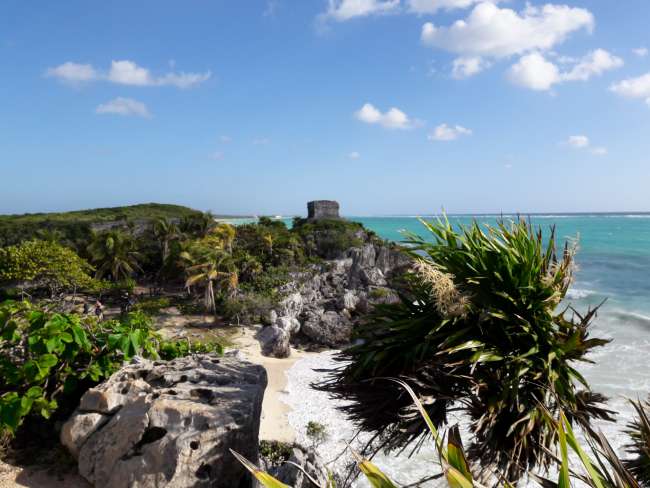
Izvještaji o putovanjima Meksiko

